If you are looking for a great day trip from Rome, Orvieto is an excellent choice. Orvieto is one of the oldest towns in Italy, situated on a tufa cliff. Orvieto boasts unique architecture such as one of a kind Duomo and St. Patrick’s Well. The city offers many other attractions, including the Torre del Moro, the Palazzo del Capitano del Popolo, and the city’s underground. Although the town has many visitors, it has a peaceful atmosphere, especially when you wander down the narrow streets of its historic centre. This area has been inhabited since the Iron Age, and it was known as Velzna during the Etruscans’ time. The city reached its full splendour in the Middle Ages when it was populated by noble families. Today, Orvieto seems a bit overshadowed by Tuscany towns; still, it’s a stunning tourism destination in its own right. So here are things to do and see in Orvieto.
Walk the old town
Many Italian old towns such as Florence, Siena, Assisi have their spider's web-like winding medieval narrow streets. The medieval streets are also spread all over the beautiful old town of Orvieto. The walls of Tuff and the roof of Terracotta give the town a unified look. It seems that inhabitants of Orvieto love their hometown, and it reflects in everything: neat houses, cleanliness, and lots of flowers.
Admire the cathedral
A symbol of the city itself, the Duomo is one of the most beautiful in Italy. With the support of both the Catholic Church and the city, the construction of the cathedral began in 1290. The intent was to build one large cathedral for the city, to replace two decaying churches that existed there before. Why was Orvieto chosen as the site of the cathedral? The answer is that just a few decades before it was commissioned to be built, Pope Urban IV had made the city his home. It took more than 300 years to complete the cathedral. The building soaked in the best of the styles of each passing century, such as Gothic, Tuscan, Christian, Byzantine, and some northern elements. The mosaics of scenes from the life of the Virgin Mary took most of the second half of the fourteenth century to complete. At the time, the artisans working on the mosaic spent nearly all their lives at the workshop, making the Duomo their life's work. 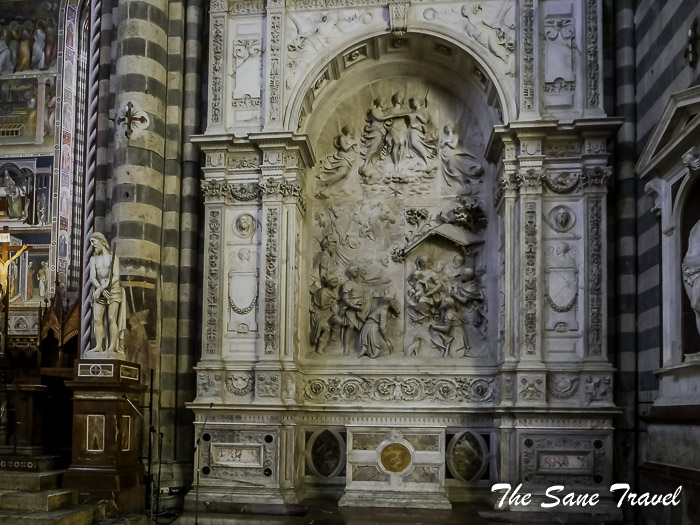
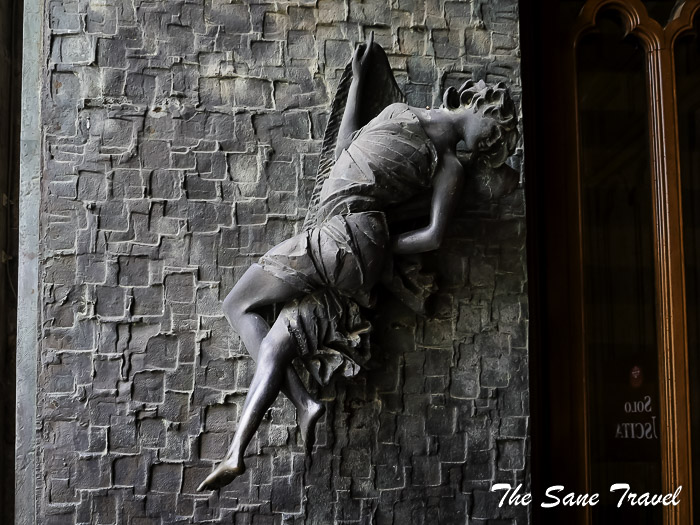
Observe the Maurizio Tower
Built in Piazza del Duomo in the middle of the 14th century to support the cathedral worksite, the Maurizio Tower (Torre di Maurizio) is one of the oldest clock towers in Italy. The clock had to regularly indicate the start and end times of the daily shifts for the workers employed on the cathedral site. 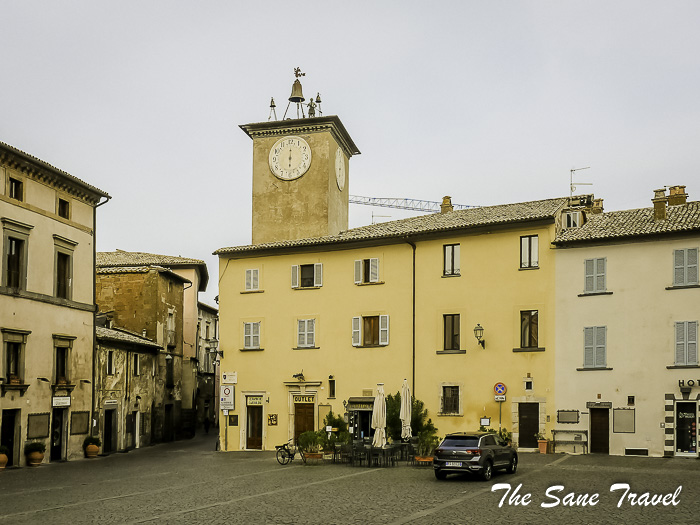
Address: Via del Duomo, 49
Visit Palazzo Del Capitano Del Popolo
The Palace of the Captain of the People is one of the main landmarks of the civic life of Orvieto, even if over the centuries, it has been used for different purposes. The captain of the people was an important figure in medieval Italy. He was the representative of the bourgeoisie and workers in the city assemblies. In essence, the captain of the people opposed the figure of the Podestà, which was the representative of nobles and knights. The palace was completed in the early 14th century. 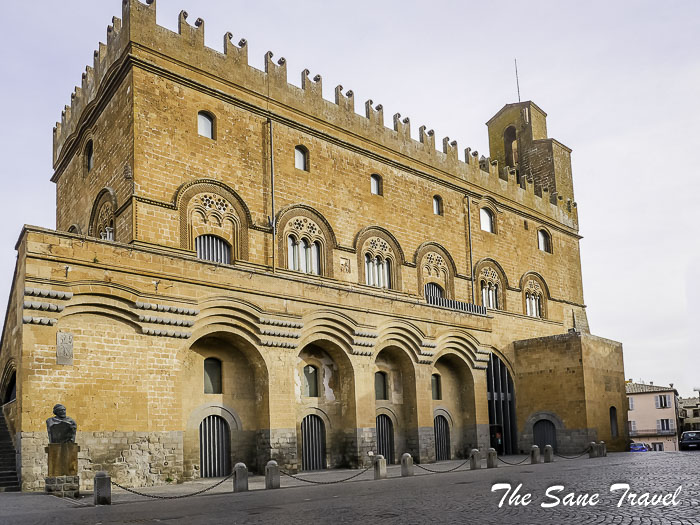
Climb the Moro Tower
The Moro Tower (Torre del Moro) stands in the heart of the city in the crossroads between Corso Cavour, Via del Duomo, and Via della Costituente as a majestic centrepiece of these streets. 42 metre high Moro Tower is an impressive structure built in the late 1200s to defend the town and symbolise its prosperity. 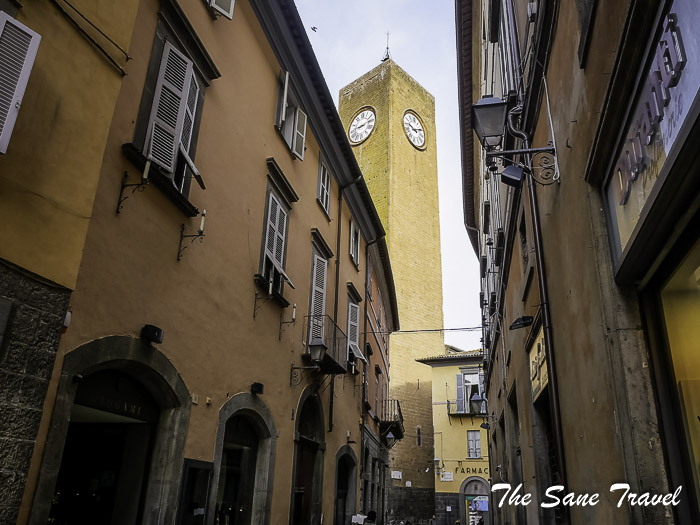
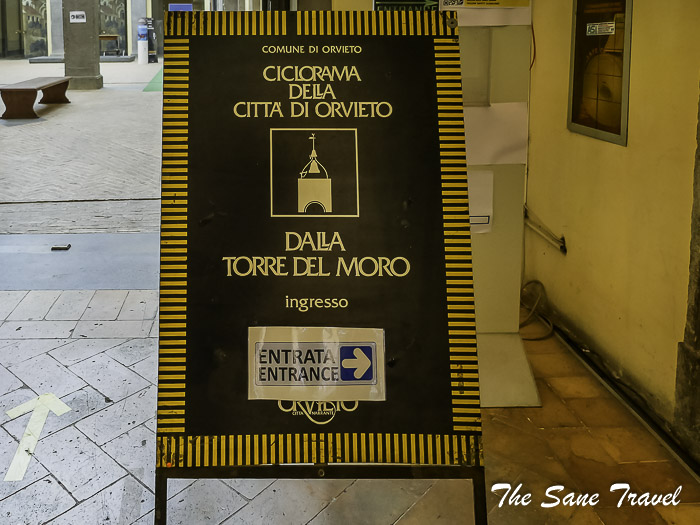
Address: Corso Cavour, 87-05018
Visit a bookshop
The Moro Tower houses one of the largest bookshops in the town where you can buy good souvenirs: Orvieto stamps, old maps of the town, large posters, and postcards. They are fun even just to watch.
See the Church of St. Andrew
The Church of St. Andrew, located next to the Town Hall in the beautiful Piazza della Repubblica, was built between the 11th and 12th centuries. This church has undergone significant architectural changes over time; it now has a beautiful facade flanked by a twelve-sided tower, similar to the tower of La Badia, just off the cliff of Orvieto. The church and campanile were renovated in 1926 and, most recently, in 1992. 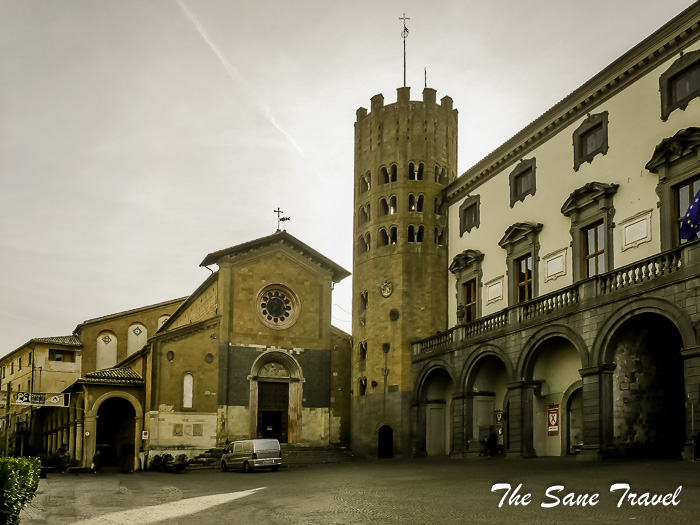
Visit artisan shops
Orvieto has wonderful local artisan and craft traditions. You will find there a variety of shops offering paintings, woodwork, metalwork, textiles and more. Walking from the main square of Piazza del Duomo to the main street, there is a lane just to the left. It's also known as the “street of artisans” with many artisans’ shops. 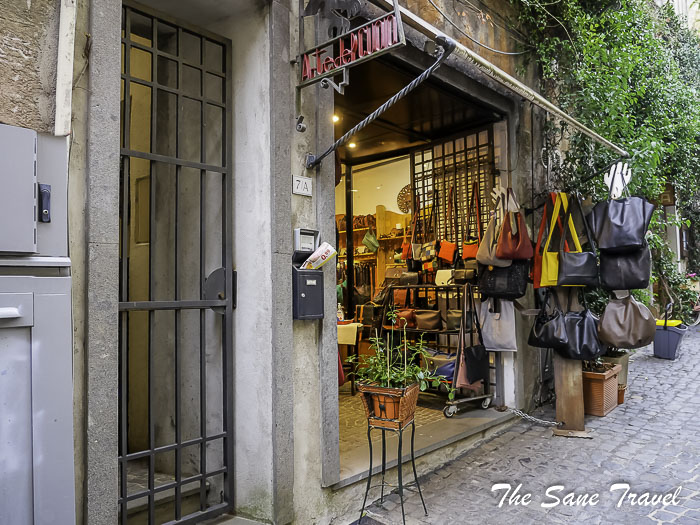
Taste local wines at Bottego Vera
If you have no time to visit wineries in the surrounding area, Bottega Vera, located in the old town, is a great place for wine tasting. The winery is a family establishment that was started by the grandmother of Cesare. Nowadays, Cesare and his wife carry the tradition with quality and passion in a warm and welcoming setting in the city centre. 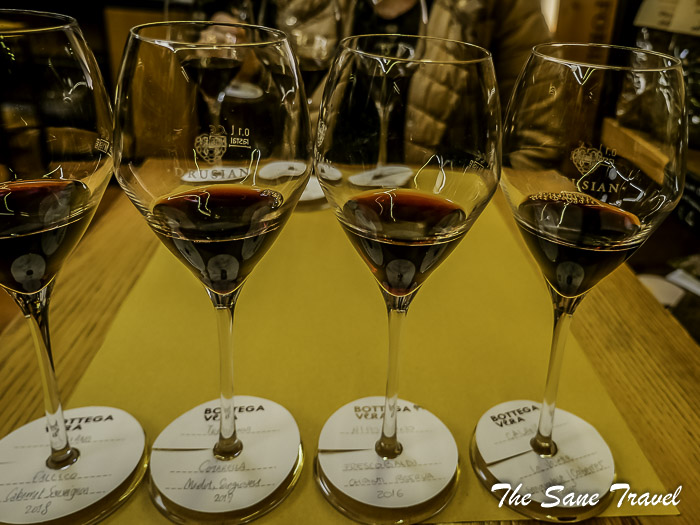
Address: Via del Duomo, 36/38
Practical information
The easiest way to get to Orvieto from Rome is by taking the train from Termini station. The time of the journey is a little over an hour. There are two options: a regional train which takes about 10-15 minutes longer and requires no seat reservations, or an inter-city train which is slightly faster but more costly. All the regional trains starting from Termini to Orvieto stop in Roma Tiburtina as well. Getting on in Tiburtina may be a better option for some. You can get to Tiburtina by metro, or straight by bus 492.
According to the information on the web, the city of Orvieto has implemented a ban on visitor car access into the city. I did not see any signs proving that, but in any case, I recommend visitors to leave their car in the valley below and take the funicular from the rail station up into the heart of the old city. Alternatively, at Campo della Fiera there is a large covered parking and a system of escalators and lifts that also take visitors up to the medieval quarter. The streets in Old Town are very narrow and it's better for exploring on foot.
As long as you're going to Orvieto, you may also want to consider a side-trip to Civita di Bagnoregio, which is a relatively short bus ride away.
Like it? Pin it!
What did you think? Have you visited Orvieto? I’d love to hear from you so please add your comment below.
Author: Anita Sāne

About the author
Anita is a part-time traveller, passionate photographer and a retired career woman from Latvia, travelling mostly solo for more than 15 years. She is a skilled travel planner who plans and executes her travels by herself. Anita wants to show you how to travel the world and open your mind to new experiences. Follow her on Facebook, Instagram, Pinterest, Twitter and Bloglovin.

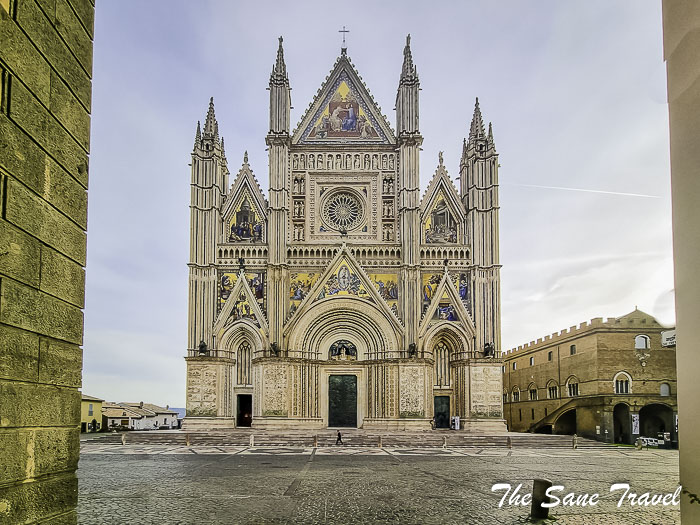
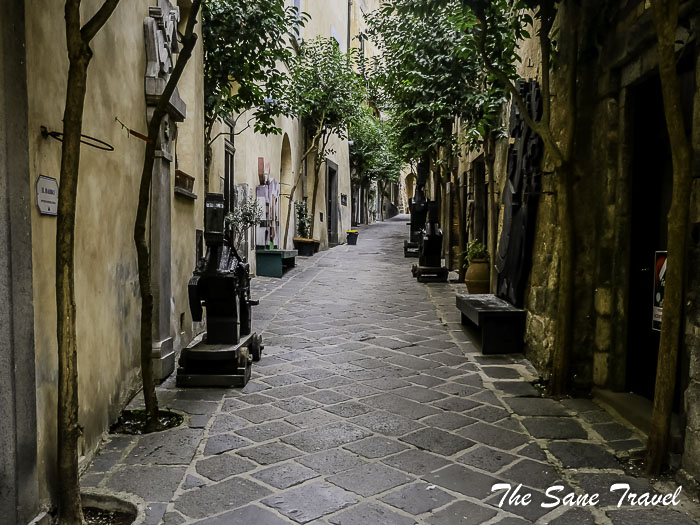
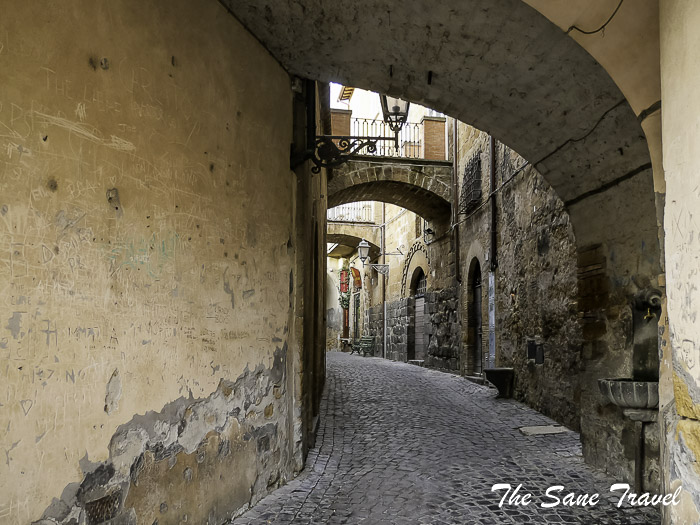
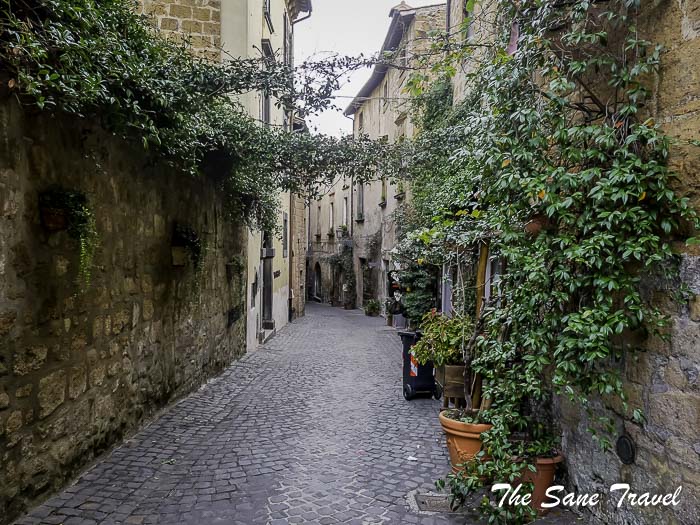
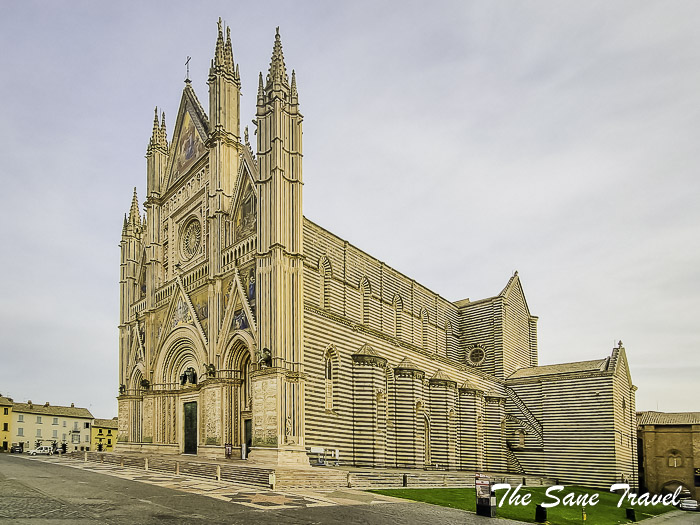


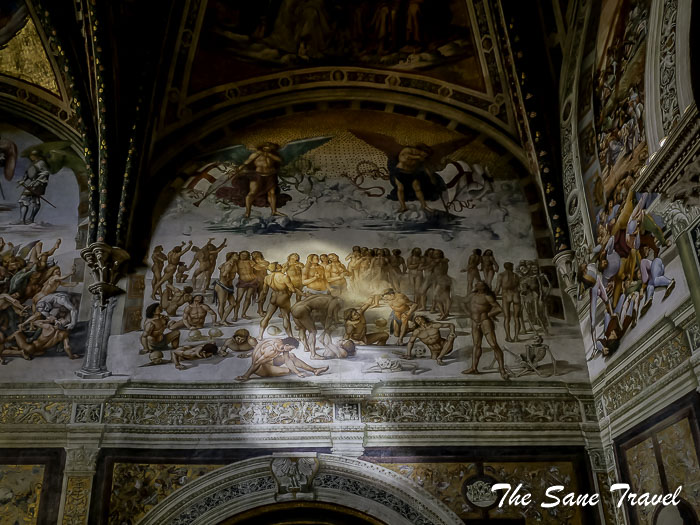
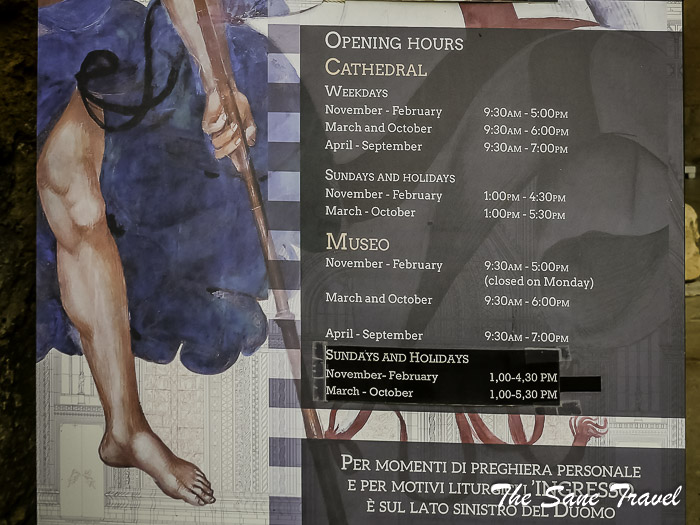
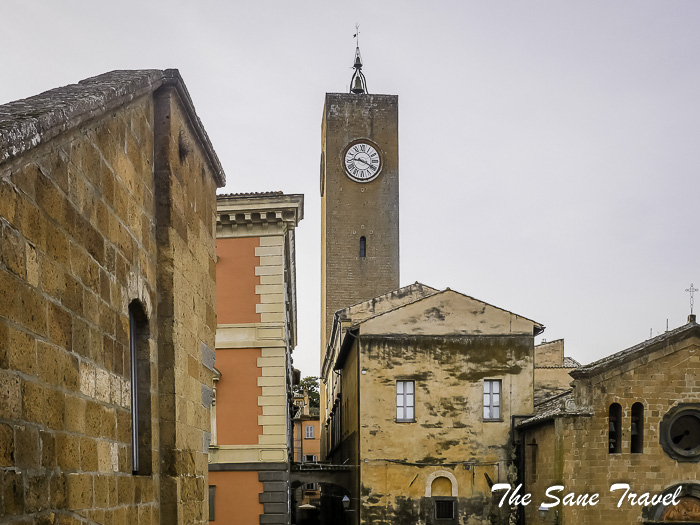
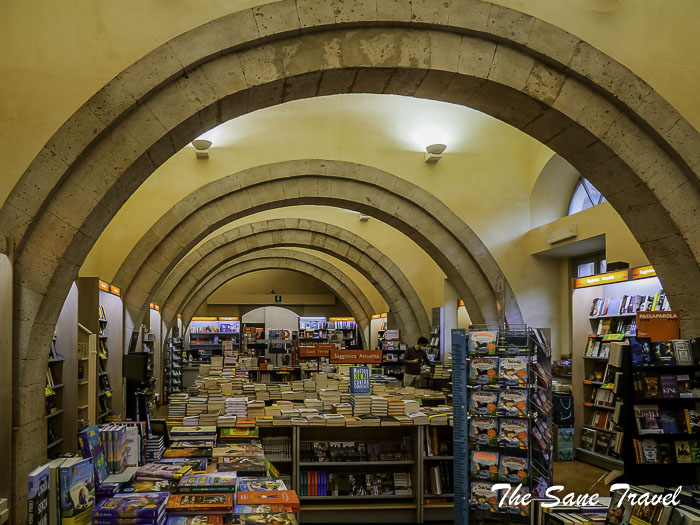
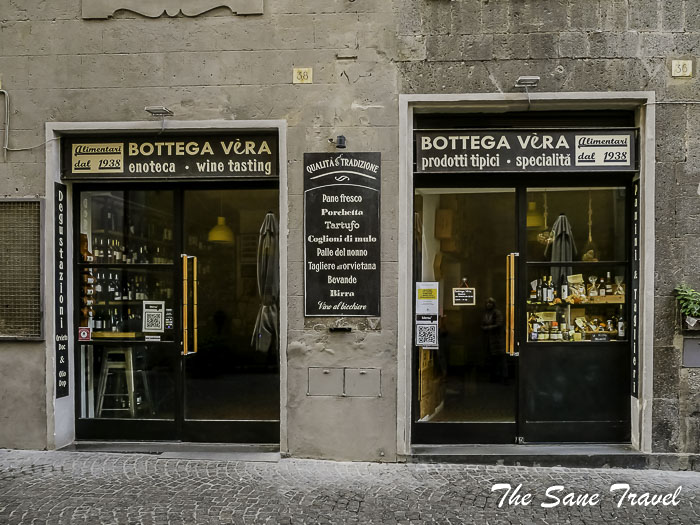
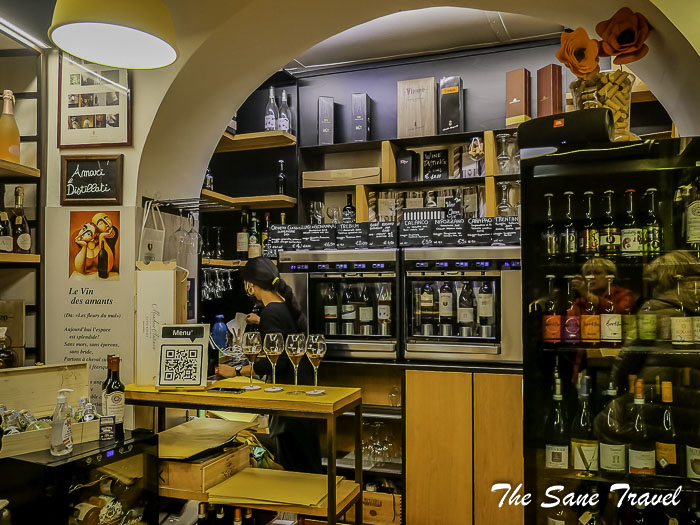
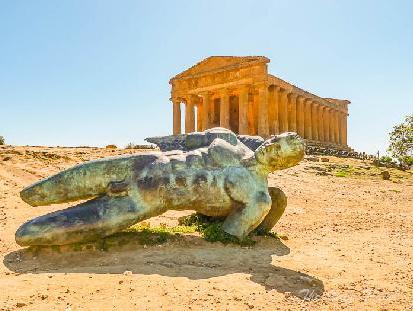
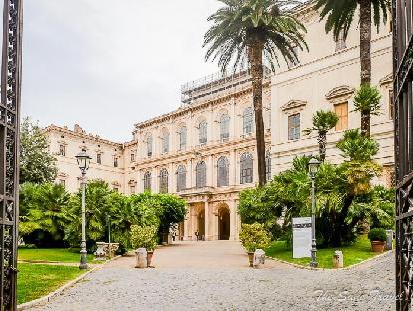
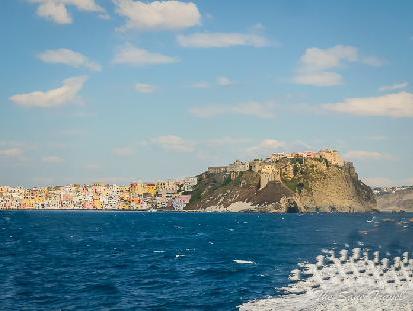
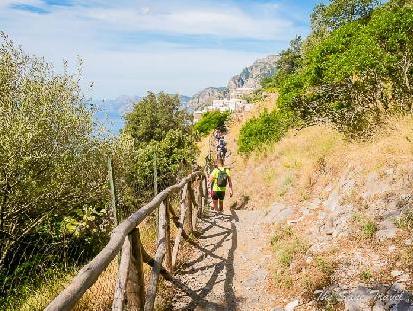
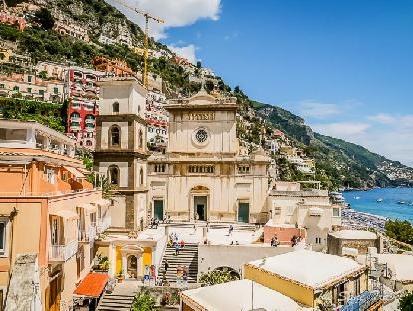
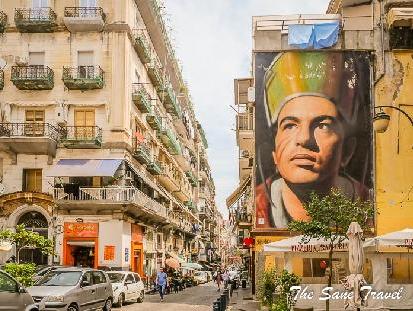
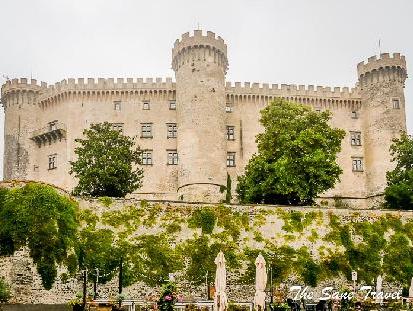
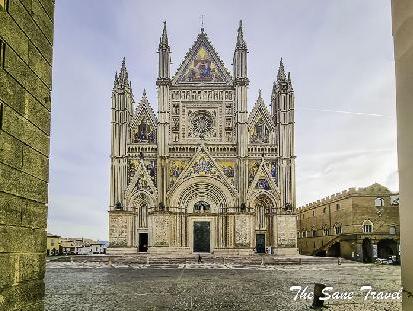
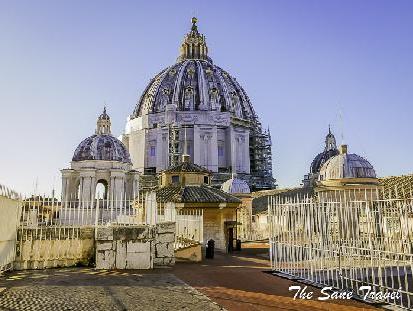
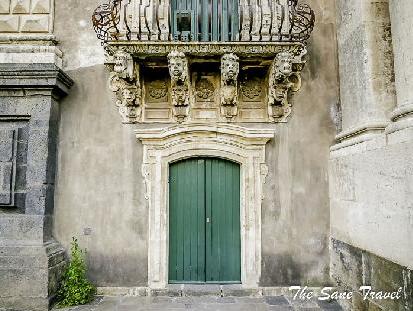
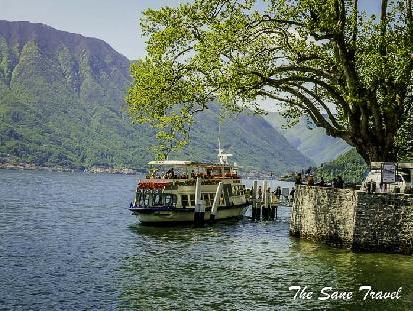
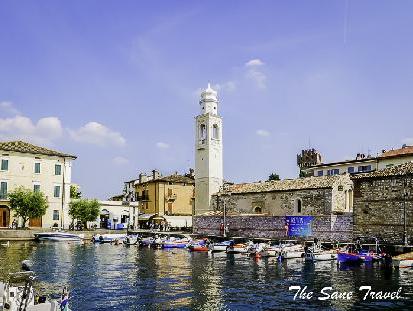
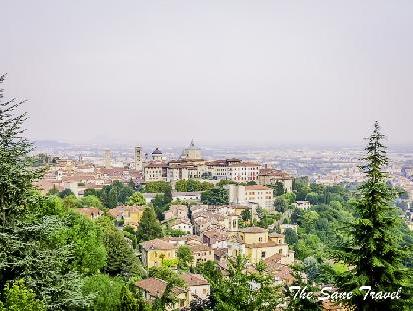
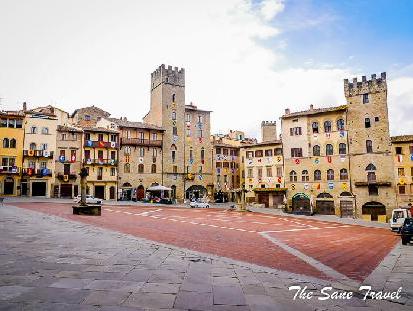
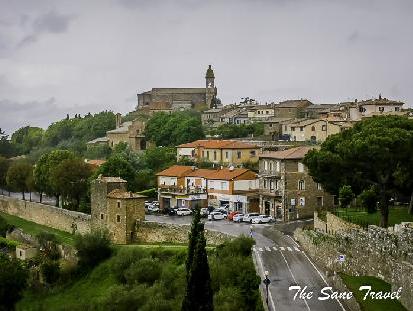
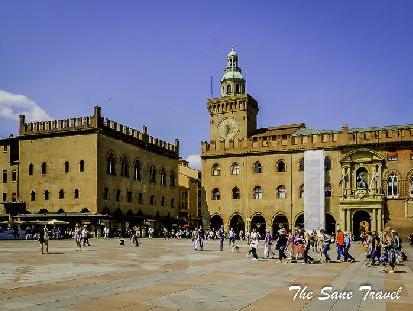
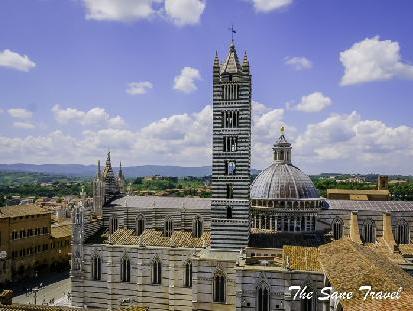
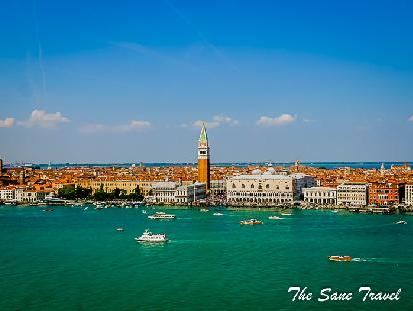
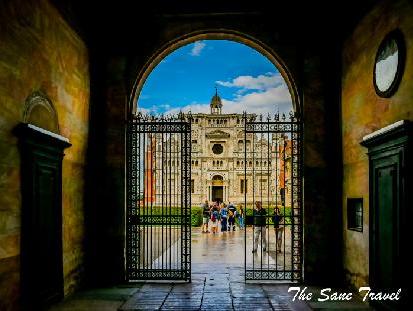
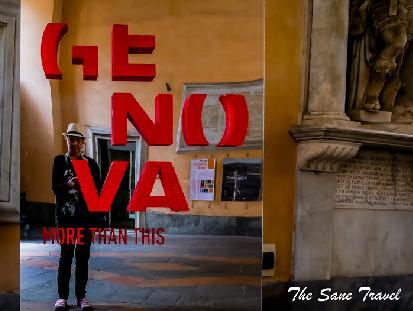
Report
My comments